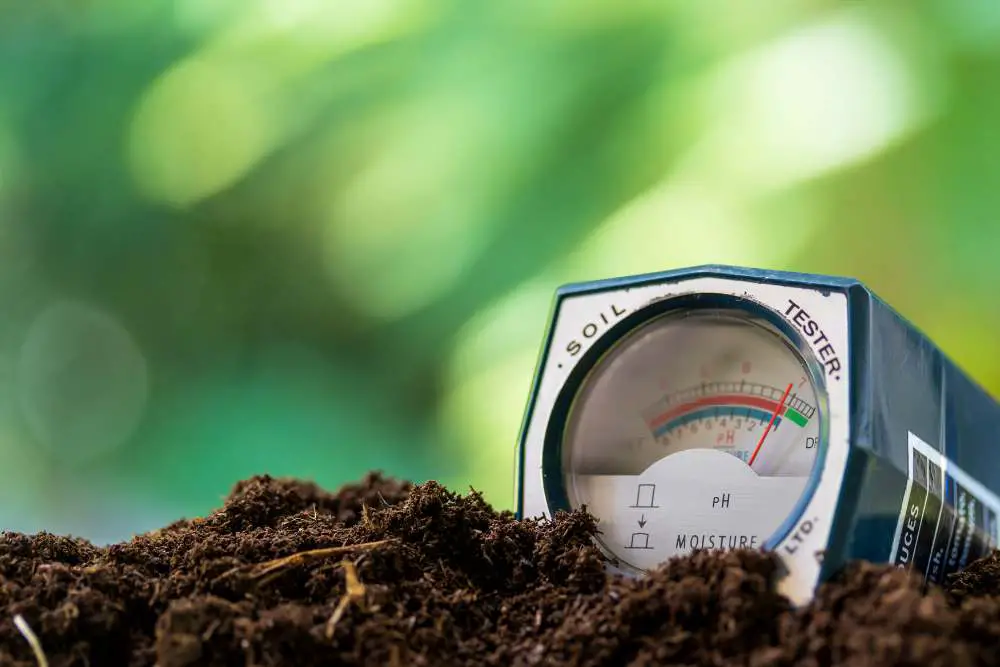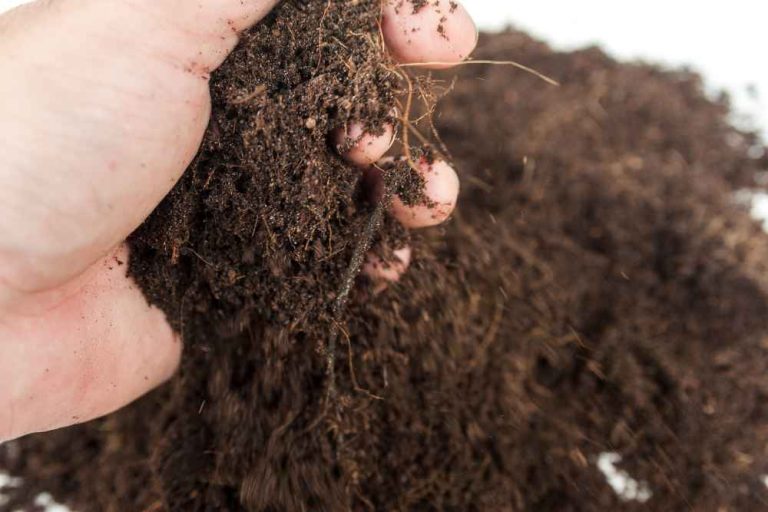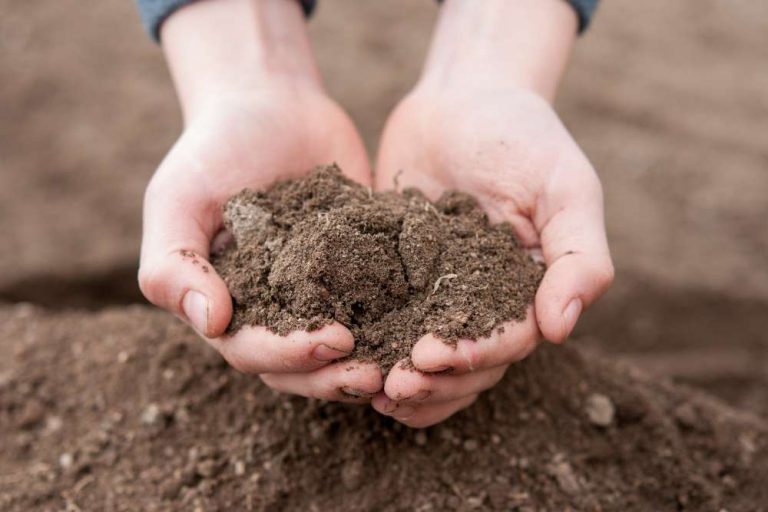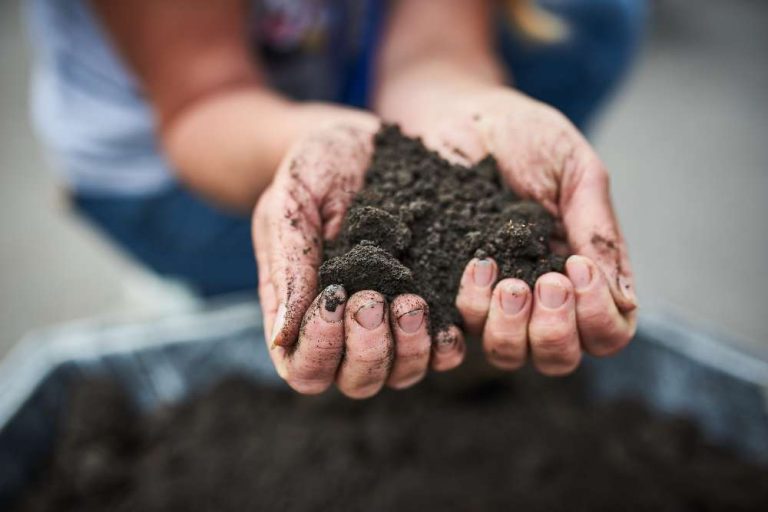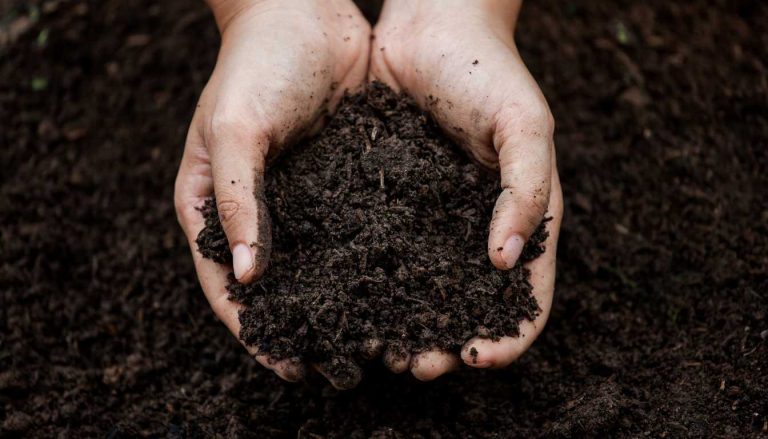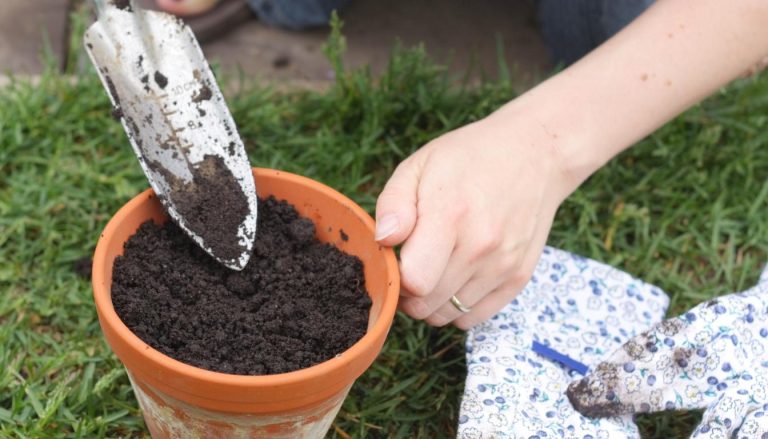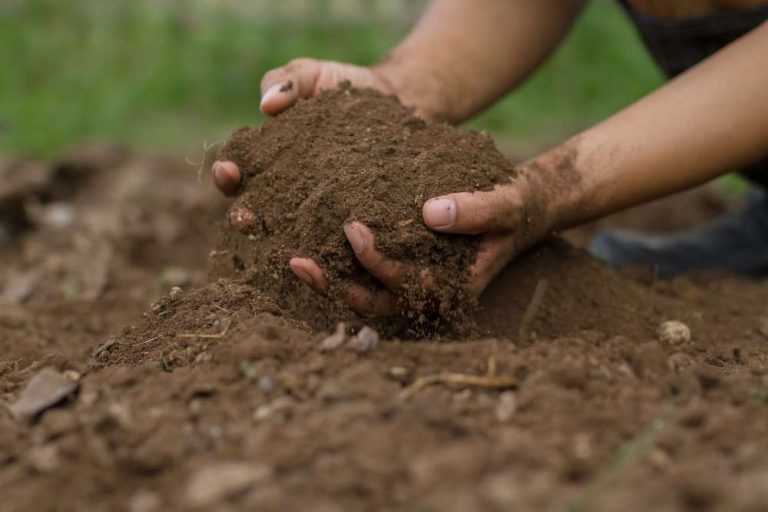Creating the Best Soil pH for Tomatoes and Cucumbers: A Comprehensive Guide
Gardeners who cultivate vegetables often consider factors like temperature, sunlight, and rainfall that can affect the success of plant growth. However, they frequently ignore the soil, where plants obtain the necessary nutrients to develop. In this article, we will discuss how to create the best soil pH for tomatoes and cucumbers.
The soil pH determines the availability of soil nutrients. Thus, you need soil that has the proper pH for the plants you are cultivating if you want your plants to thrive. Fortunately, you can naturally modify the pH of your soil for healthy plants and a profitable garden.
Do you ever wonder why your tomatoes thrive at times and not at others? The pH of your soil could be one of the causes. Tomatoes are an acid-loving plant, and having the proper soil acidity will significantly impact your tomato plants’ performance. Soil pH between 6.0 and 6.8 are ideal for growing tomatoes. If the pH of your soil is too high, you can lower it by adding chelated fertilizers, sulfur, or sphagnum peat moss.
Cucumbers belong to the same plant family as squash, melons, and gourds. Cucumbers are warm-season vegetables that can either be started indoors or planted outside once all threat of frost has passed. They thrive on loose, rich soil with a pH range of 6.0 to 7.0.
What Is Soil pH?
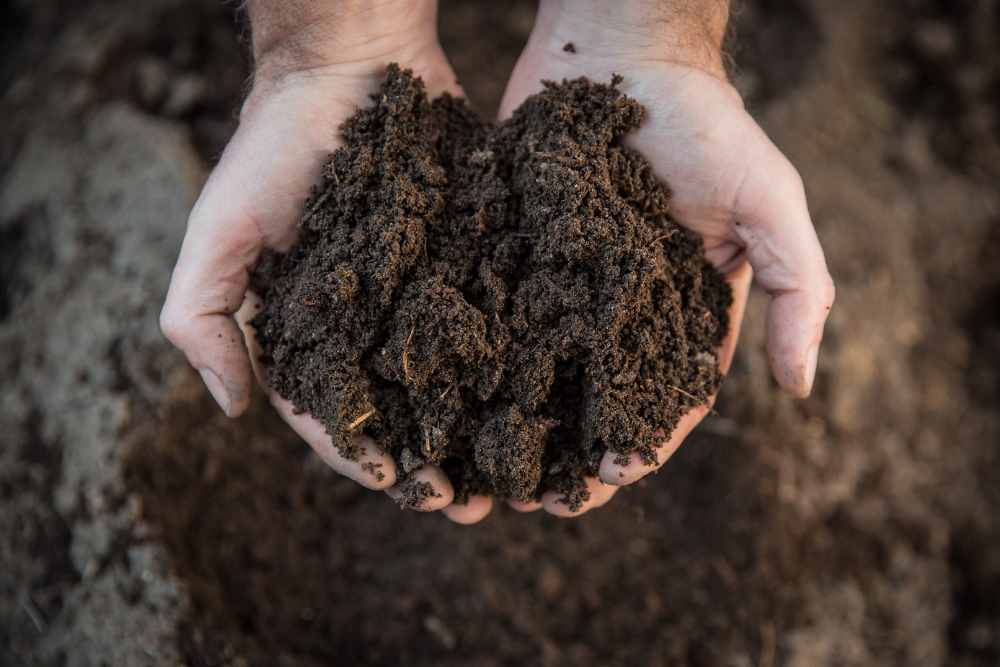
The term “pH” refers to a measurement of acidity. Soils can naturally be either acidic or alkaline. The pH impacts whether your plants can access the fertilizer and other nutrients in the soil.
If the pH is off, fertilizing won’t help much because some of the nutrients become trapped in the soil’s chemistry and are barely available to your plants. That’s a waste of time. It contributes to a condition known as blossom end rot in the case of tomatoes, peppers, and a few other plants.
You can tell what type of soil you have by measuring its pH. There are various methods for measuring soil pH. For example, you can submit a soil sample to a lab for analysis, utilize a store-bought test kit, or develop a homemade soil pH test.
The best thing you can do for your plants is to provide soil with the optimum pH value. The pH range of most soils is between 3.5 and 10. Soil pH levels typically range from 5 to 7 in areas with a lot of precipitation, whereas they often range from 6.5 to 9 in drier regions.
Here is a quick guide to dividing your soil into pH categories:
- 7.6 and above – alkaline
- 6.5 to 7.5 – neutral
- 6.5 and below – acidic
- Less than 5.5 – strongly acidic
Herbs like soil with a pH close to 7.0, referred to as neutral, whereas vegetables require a pH range of 6.2 to 6.8. If it is too low or too high, required nutrients can become trapped in soil chemistry, making them less available to plants. For vegetable plants to develop at their optimum, pH is essential.
Importance Of Soil pH
When the soil pH is ideal for the plants being grown, fruits, vegetables, and other plants flourish at their best. It’s critical to match the soil pH to the needs of the plant or vice versa. The availability of plant nutrients to plant roots depends on the alkalinity or acidity of the soil, which is why soil pH is significant.
When nutrients in the soil dissolve in water or moisture from the soil, plants can access those nutrients, which include elements like nitrogen, phosphorus, and potassium. A soil that is either excessively acidic or too alkaline will prevent the majority of plant nutrients from dissolving.
You can arrange plants according to their pH requirements by knowing the soil pH in the planting beds in your garden. Plants requiring similar pH and temperature tolerances should be grown together.
Are Tomatoes An Acid Loving Plant?
When producing tomatoes, the chemical makeup of your soil is highly significant. Tomatoes are an acid-loving plant, and they thrive in soils with a pH lower than 7.0.
The availability of some nutrients changes along with the acidity of the soil. Certain nutrients are not soluble and cannot be utilized by the plants when the pH is too high or too low. Since tomatoes have an increased requirement for iron, iron is a crucial mineral to consider in the case of tomatoes.
Iron is easily accessible to plants when soil acidity is within the optimal range of 6.0 to 6.8. However, with a pH between 4.0 and 5.7, the remaining iron is no longer soluble and cannot be absorbed by the tomato plant.
On the other hand, once the pH increases beyond 6.5, the iron is still there but has become soil-bound, and your tomatoes could become iron-deficient. This is true for many soil nutrients. Nitrogen, potassium, phosphorus, sulfur, calcium, and magnesium all become less accessible when the soil pH is between 4.0 and 6.0. Reduced mineral uptake can result in stunted growth, poor fruiting, and diseases that will drastically reduce your crop or kill your tomato plants.
The Ideal Soil PH For Tomatoes
The soil shouldn’t be very acidic, even if tomatoes enjoy an acidic environment. The ideal soil pH range for tomatoes is between 6.0 and 6.8. However, they can still successfully grow and bear even at 5.5 and 7.5.
Do Cucumbers Like Acidic Soil?
Plants of the cucumber family typically prefer soil having a pH between 6.0 and 7.0. However, certain cucumber types can thrive on 5.5 pH-level somewhat acidic soil. Cucumbers require soil that drains well and is rich with organic content to thrive. They are a warm-season crop normally sown in late spring or early summer.
Because of their adaptability, cucumbers can be grown in a range of soil conditions, including acidic soil. Although all cucumbers prefer acidic soil, there are a few considerations when growing cucumbers there.
The pH of the soil is the first factor to take into account. The pH range for cucumber-growing soil is 6.0 to 7.0. Cucumbers grown in overly acidic or alkaline soil will be tiny and irregular. You can purchase a soil test kit from your neighborhood garden center or nursery to determine the pH of your soil.
Knowing your soil’s pH will allow you to make any necessary adjustments. The soil pH can be increased by adding lime if it is too acidic. if soil is too alkaline soil pH can be lowered by adding sulfur.
Another factor to consider while growing cucumbers in acidic soil is the variety of cucumbers you are cultivating. Some cucumber types can tolerate acidic soil better than others. If you are unclear about which kind to select, consult your local nursery or garden center.
Finally, keep in mind that cucumbers require an abundance of water. Cucumbers grown in very dry soil will be small and bitter. Water your cucumbers regularly, especially in hot, dry weather.
What are the consequences of cucumbers growing in soil that is too acidic or too alkaline?
Cucumbers cannot adequately absorb nutrients if cultivated in soil that is either too acidic or too alkaline. This can result in stunted growth, fading leaves, and even death. To avoid this, analyzing the soil before planting and adjusting the pH as needed is critical. Cucumbers should have a pH between 6.0 and 7.0.
How To Make Soil More Acidic
If your soil is excessively alkaline (pH more than 7.0), there are several natural techniques to make it more acidic so that acid-loving tomatoes can grow. Here are a few techniques for lowering the pH of your soil :
Peat Moss
For plants that prefer acidic soil, peat moss is a great improvement because it helps the soil retain moisture. It should be noted that the action is relatively slow, and there is a potential that it won’t be effective in creating significant soil pH changes.
If you choose to go in this direction, we advise adding a 1- to 2-inch layer of peat moss and mixing it into the top 6 – 12 inches of soil before planting.
Unfortunately, harvesting peat moss destroys environmentally important wetlands and emits CO2, contributing significantly to climate change. Therefore, we advise using alternative methods to reduce the pH of the soil.
Sulfur
You may not be aware that soil bacteria convert sulfur to sulfuric acid, which lowers the pH of the soil. It is critical to note that sulfur can even boost plant disease resistance. Apply sulfur before planting, and then till the soil to a depth of 6 inches for best results.
This facilitates a quicker pH correction. On the other hand, you must add elemental sulfur gradually whenever possible if you put it in the soil you previously planted. Rake gently to incorporate it into the soil without harming the plantings.
Vinegar
To reduce the pH of the soil with vinegar, make a diluted vinegar solution. Water your plants using a watering can, or add vinegar to your irrigation system by mixing 1 cup of vinegar with every gallon of water.
This is adequate to get started. Test the soil frequently, and if you don’t see any changes or they’re only slight, feel free to apply one of the techniques indicated previously.
Chelated Fertilizer
Chelated fertilizers are frequently used to help tomatoes flourish in severely alkaline soils because they give iron that would otherwise be bound up in the soil. Chelated fertilizers, should not be used to grow food and should be avoided for a number of reasons.
First, chelated fertilizers are a band-aid solution to an alkalinity problem. Second, most chelated fertilizers contain EDTA, a toxic chemical that has no place in our soil or food chain.
Compost
Compost not only enriches your soil and plants with humus and essential nutrients, but it also helps to maintain the pH of your soil. This implies that it will balance everything by bringing down the too-high and too-low pH levels. Your plants will appreciate it if you add a lot of compost or well-rotted manure to your garden each year.
How To Make Soil Less Acidic (Increase The pH)
Your soil may occasionally be too acidic for tomatoes. Acidic soil has an excess of hydrogen, which displaces other nutrients on the surface of soil particles.
These nutrients are unavailable to the plant or carried away by rain. Here are some methods for raising the soil pH to the ideal range for your tomato plants if it is below 5.5.
Wood Ashes
Wood ash is one of the simplest ways to alter soil pH organically. However, the effects are short-lived. All you have to do is scatter about 14 inches of wood ash uniformly across the surface of the soil to be treated, preferably on damp soil so that the wind doesn’t blow it away.
After that, incorporate it into the soil using a rototiller, spade, or rake. To prevent contaminating your soil, never use chemically treated wood ash.
Baking Soda
The pH of your soil may be raised quickly, cheaply, and easily using baking soda. You must properly water your plants after adding a spoonful of baking soda to a gallon of water. If you repeat the process every couple of months, you will obtain the best benefits.
Remove Pine Needles
Take away pine needles. Numerous recent studies indicate that pine needles do not significantly alter the soil pH surrounding a tree. Composted or dried pine needles are frequently and successfully used as mulch.
However, freshly fallen pine needles have a high acidity of between 3.2 and 3.8, which can contribute to a slight soil acidification. It is usually a good idea to avoid freshly green pine needles if your soil is acidic and you are trying to neutralize it.
Limestone (Calcium)
Calcium in limestone is the most typical approach to reduce soil acidity or raise its alkalinity. Calcium bicarbonate, water-soluble and naturally washes out of the soil, is produced when the limestone bonds with the hydrogen in the acidic soil.
Other advantages of calcium for tomatoes include its ability to stop blossom end rot. You MAY need to amend your soil with calcium, but you DO NOT want to change the acidity. Use calcium nitrate or gypsum in this situation to raise the calcium levels without changing the pH of your soil.
The pH level and soil type of your soil will determine how much limestone has to be added. Always follow the instructions provided by the manufacturer, as most lime products provide application rates.
Related Posts
- How to Keep Soil Moist
- What is Well-Drained Soil
- How to Mix Compost into Soil
- How to Make Soil Fertile Naturally
- Why does your Garden need Tested Soil?
- What is Soil Temperature in Agriculture
- How to Break Down Clay Soil Fast?
- 29 Bucket Gardening Ideas for a Lush, Compact Garden - October 30, 2024
- 20+ Chic Boho Bedroom Ideas for a Cozy and Stylish Retreat - June 20, 2024
- 12+ Modern Boho Living Room Ideas to Create a Unique Oasis - June 10, 2024

